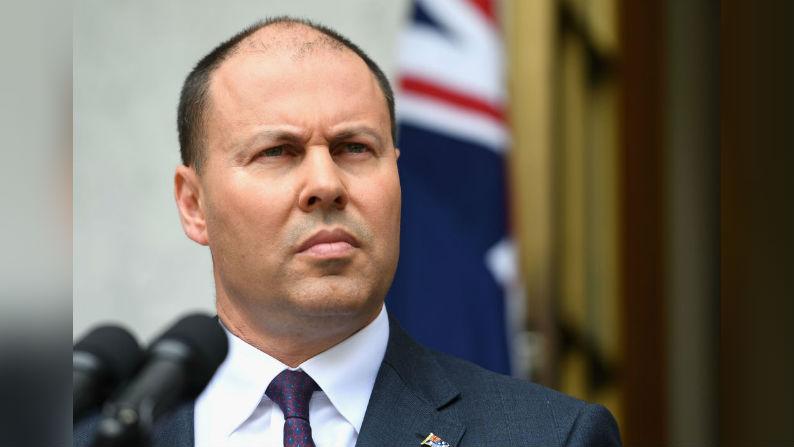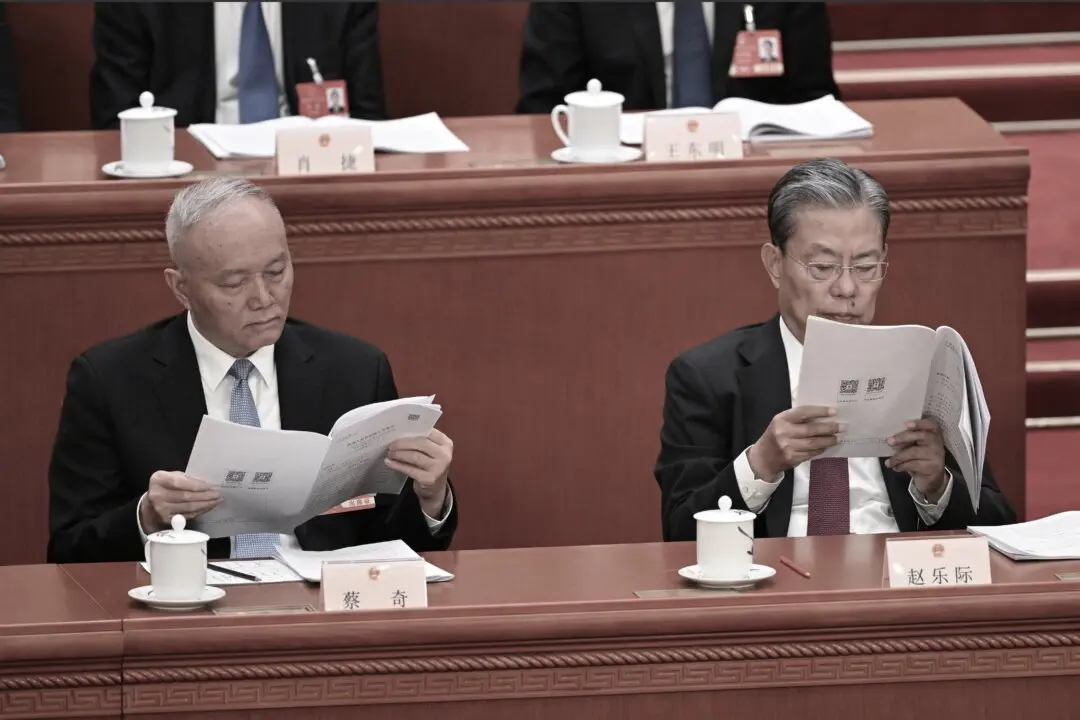Following a wave of support to speed up the regulation of Google and Facebook, the Australian government on Monday announced that it will introduce a mandatory code to force the tech giants to pay publishers for content.
Treasurer Josh Frydenberg, along with Communications Minister Paul Fletcher, issued a joint statement today, instructing the Australian Competition and Consumer Commission (ACCC) to develop the code.





